It is a destination with beautiful and easy routes worth discovering through a memorable road trip.
Lake Kerkini and the wider area of Serres fascinate travellers in every season. The same thing happened to us. We enjoyed a journey that exceeded our expectations, especially as the authentic colours of nature captivated us. The experience would not have been the same without a car.
The route from Serres is pleasant and calm. First, on the way from Thessaloniki, we stopped in the eastern Macedonian city: the day was sunny, and its cafes were full of people.
Before we leave for Lake Kerkini, we take a long walk and stock up on the famous Serres Bougatsa—a delicious snack.
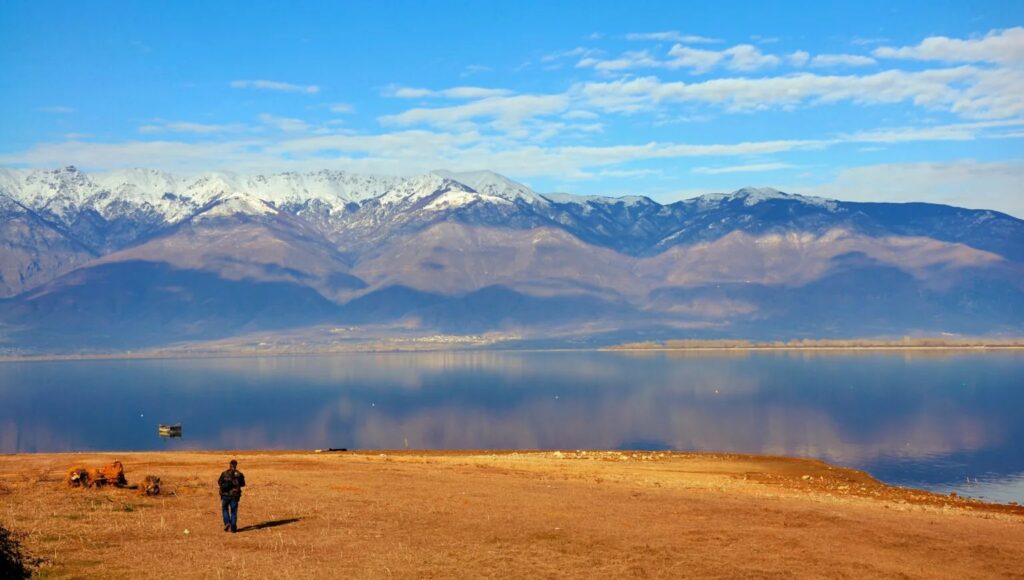
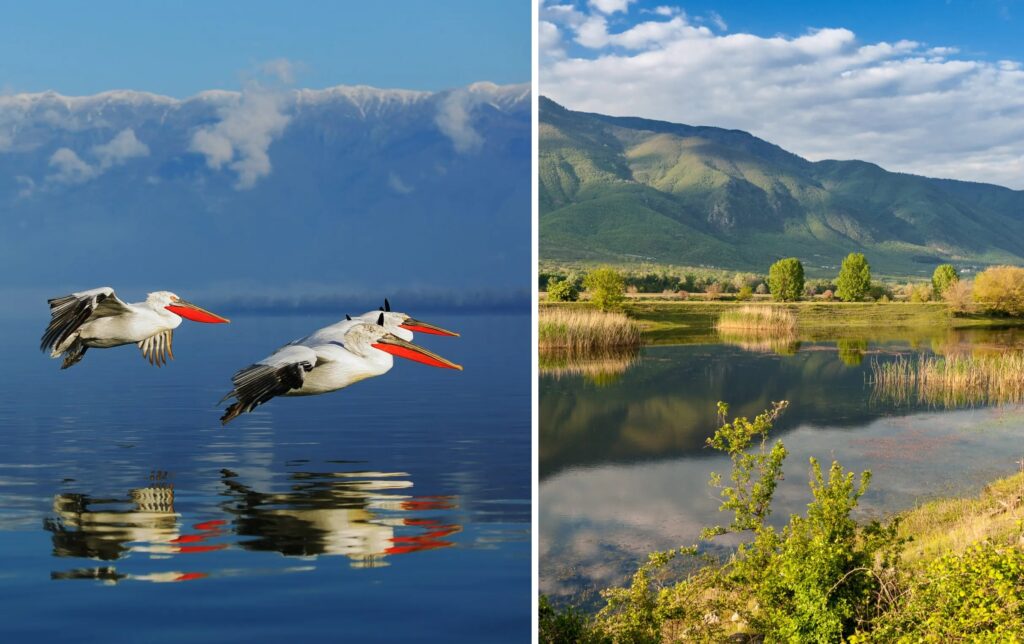
Beautiful and peaceful
Until 1932, Lake Kerkini did not exist. The construction of the Strymonas dam created it.
Human intervention has created a special ecosystem as the area of Kerkini is included in the Greece's 10 Wetlands of International Importance (also known as Ramsar Wetlands) and is included in the 196 Important Areas for the birds of Greece as a Special Protection Area.
The village of Kerkini, with its small harbour and the Information Centre for Life on the Lake, is the most touristically developed. From here, tours of the lake start with boats that can sail in very shallow waters.
The village stands out for its excellent food and beautiful tiled houses.
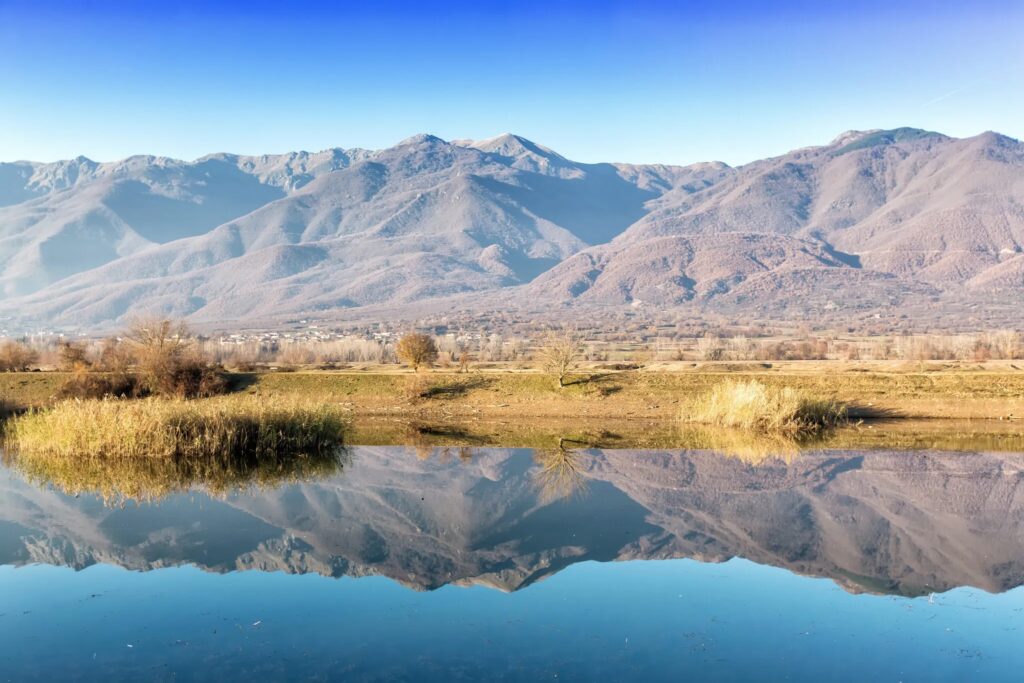
The culinary trademark of the area is the buffalo meat. Most of the approximately 4,000 water buffalo bred in Greece are here.
However, Kerkini is also a popular destination for those who love wildlife. Every autumn and spring, thousands of people from all over Europe flock here for birdwatching and to admire up close the flamingos, storks, silver pelicans, herons and other birds that find refuge in the lake before continuing their migration journey.
We especially love and recommend the route that starts from the shores of the lake and ends near the borders of Greece and Bulgaria. It crosses a significant part of the lake's circumference and the plain of Serres.
The great thing about this route is that it has a lot of change in scenery without being difficult to drive, as is often the case with varied routes.
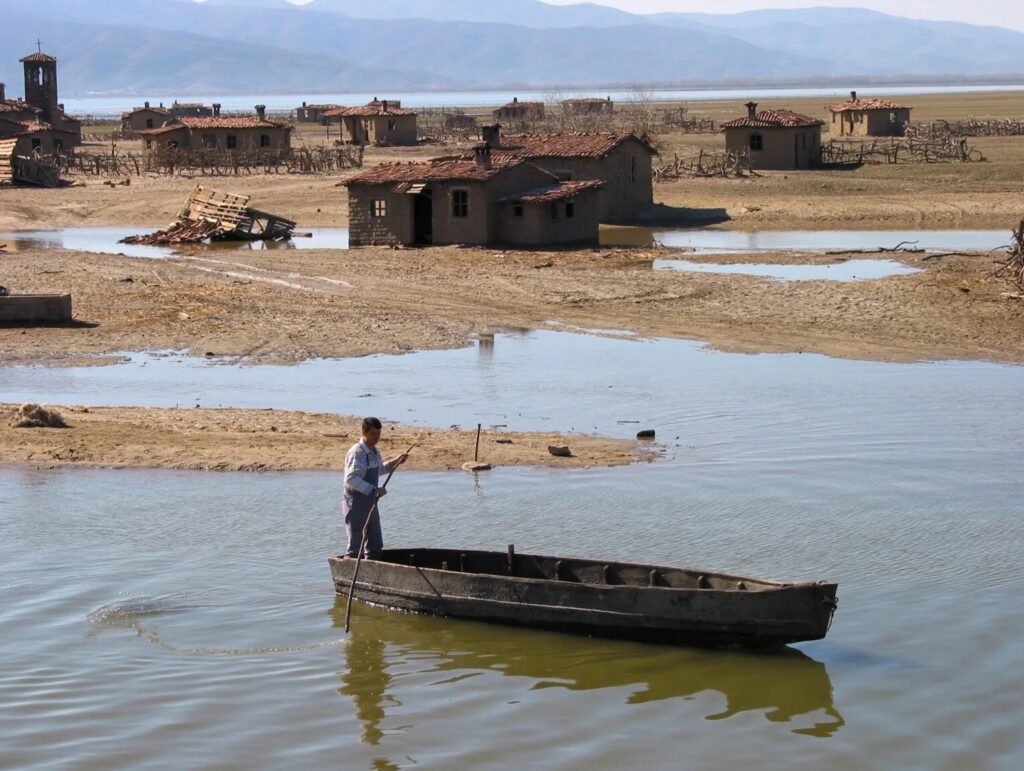
An easy road trip
Our starting point was the village of Lithotopos, which can also be considered the place that gave birth to the lake, as the Strymonas dam is nearby.
We photograph the dam and the birds that find shelter in the lake. No matter what time of year you are here, you will see many wild birds, including herons and magnificent but rare silver pelicans.
From the dam, we follow the road on the left. In the sky, sparse but distinct clouds are reflected in the lake's waters. On the advice of the locals, we follow slow speeds as the animals that live around the lake often cross the road to drink water.
Indeed, while we were driving along the lakeside road, foxes, a rabbit, and even a horse passed in front of us.
The small port in the village of Kerkini stands out for its picturesqueness and peaceful image.
We continue for some kilometres until we reach Mandraki, a smaller port with its shores covered with water lilies. Here, the landscape is just as beautiful but exudes a melancholy; we feel like we are in an Oscar Wilde fairy tale.
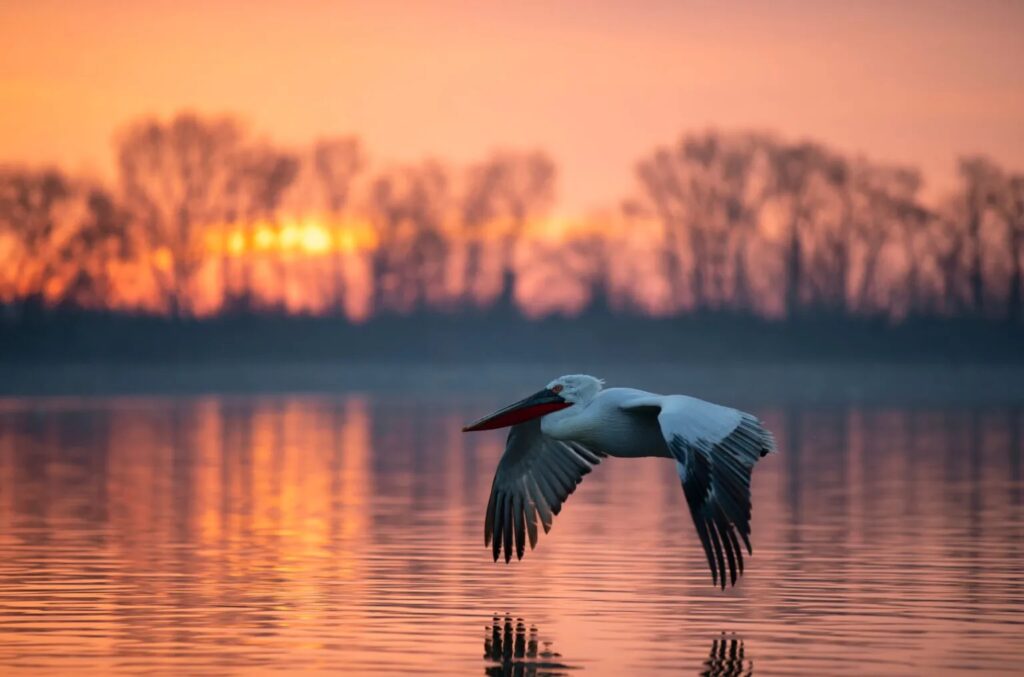
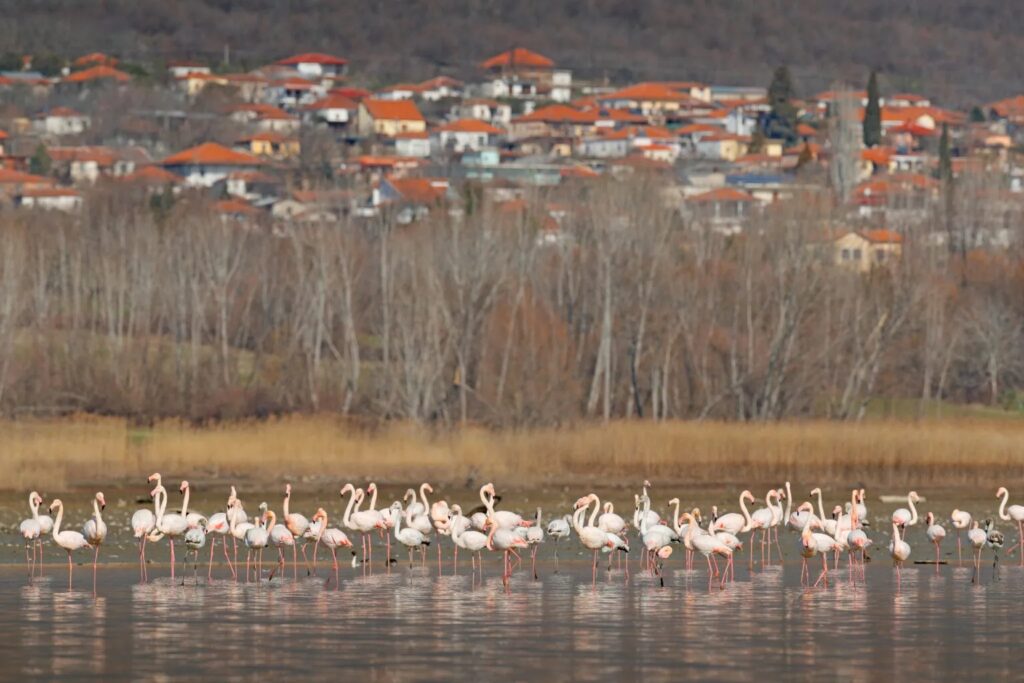
In front of us stretches out an area where, in 2001, the largest cinematographic set up to date in Greece and one of the largest in Europe was erected. It was designed by the late-stage designer Giorgos Patsa and built in every detail.
A total of 92 houses, the church, the community shop and the two-storey cafe of the "village" were built, without foundations. All this for the filming of the great Theodoros Angelopoulos' film To Livadi pou dakryzi (The Weeping Meadow).
"Angelochori", as the locals call it, no longer exists, but even now, the area's professionals talk about how significantly it contributed to its promotion when tourism was taking its first steps there.
In Byronia, we turn right and continue to the bridge. Buffaloes graze near the river; they are used to human presence, but still, we choose to stay far from them.
The next village after Byronia is Neo Petritsi, built at the foot of Beles. The Sultanitsa River, which originates from the mountain, crosses the valley of Londza on the northern side of the settlement, creating impressive waterfalls. The valley is beautifully landscaped, with small bridges and small walking paths.
Passing over the river Strymonas, we enter the road axis of Serres-Promahonas, and shortly before the border, we turn towards Agistros. The use of the village's thermal springs dates back to the Byzantine Period. From the cold outside, we are now in 38-40°C water that springs from the earth and enters the bath.
It was the last and most special experience in a full two days in the shadow of Mount Beles.
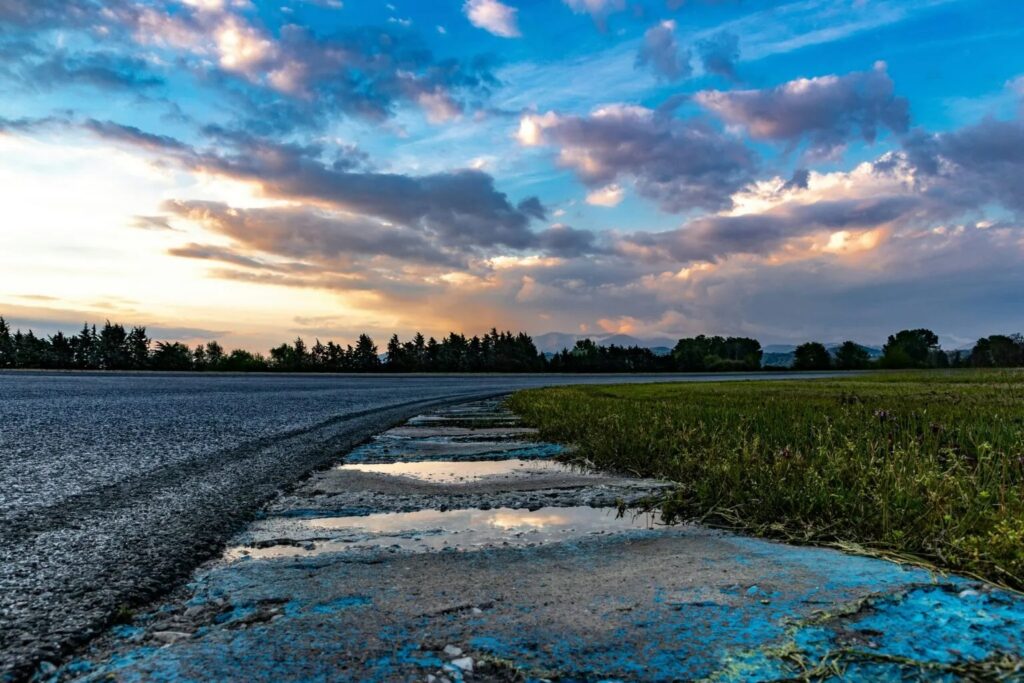
On the way back to the airport of Thessaloniki, we were hit by heavy rain. Fortunately, the bad weather came at the end of the excursion, and our car responded perfectly to the wet road surface.
This article first appeared in Travel. Translated by Paul Antonopoulos.
READ MORE: Aegina, Athenians all year round go-to destination.


